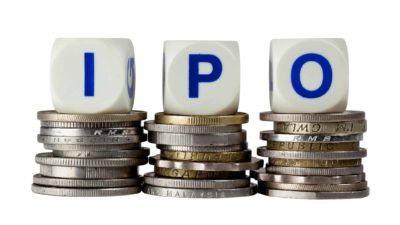It won't be long until we see Guzman y Gomez stock trading on the ASX boards.
As we covered here earlier this week, the company is preparing for an initial public offering (IPO).
The quick service restaurant (QSR) operator is aiming to raise around $242.5 million by offering 11.1 million shares priced at $22.00 each. This will ultimately give the company a $2.2 billion valuation at listing.
But is this excessive? Does it make Guzman y Gomez stock too expensive? Let's find out.
Is Guzman y Gomez stock too expensive?
Tamim, an Australian Share Fund managed by Ron Shamgar, has been running the rule over the IPO.
The fund manager highlights that the company has taken its lead from popular Mexican QSRs like Chipotle (NYSE: CMG) in the United States, but attempts to differentiate itself by using fresh ingredients and its diverse range of restaurant formats and ordering channels.
However, Tamim has called the company's proposed $2.2 billion valuation as "eye-watering" and notes the significant premium that Guzman y Gomez stock will trade at compared to Collins Foods Ltd (ASX: CKF) and Domino's Pizza Enterprises Ltd (ASX: DMP). It commented:
The IPO values GYG at an enterprise value to operating earnings multiple of 32.5 times, significantly higher than Domino's Pizza at around 18 times and Collins Foods Limited at just over 14 times. This rich valuation has raised concerns, especially when compared to the global fast-casual Mexican chain Chipotle, which trades at a multiple of 45 times despite its stronger growth and brand recognition.
But there's more to this valuation than meets the eye, highlights Tamim. This relates to how Guzman y Gomez treats its lease liabilities. It adds:
However, a controversy has emerged around GYG's treatment of lease liabilities in its valuation. Critics argue that by excluding $210 million in lease costs from its operating earnings calculation, GYG can present a much higher estimate of 2025 operating earnings in an attempt to justify a richer valuation multiple. Properly accounting for leases could result in GYG being valued significantly higher on an earnings before interest and tax (EBIT) or a price to earnings ratio.
Should you invest?
In light of the above, the fund manager appears to believe investors should keep their powder dry and wait for a better entry point once the IPO excitement dies down. It concludes:
While GYG's growth ambitions are impressive, investors would be wise to approach this IPO with caution. The rich valuation in comparison to other QSR players raises questions about whether the hype surrounding the offering is justified. The controversy around GYG's treatment of lease liabilities, which could significantly understate its true leverage if properly accounted for, adds further uncertainty.
History has shown that many high-profile IPOs struggle to live up to their lofty expectations once the initial excitement fades. Rather than getting caught up in the frenzy, prudent investors may be better served by waiting on the sidelines to see how GYG's growth story unfolds as a public company. Only then can the true merits of the business be evaluated without the distortions of IPO pricing and promotions. A cautious "wait-and-see" approach could pay dividends for those seeking to invest in GYG for the long haul.









